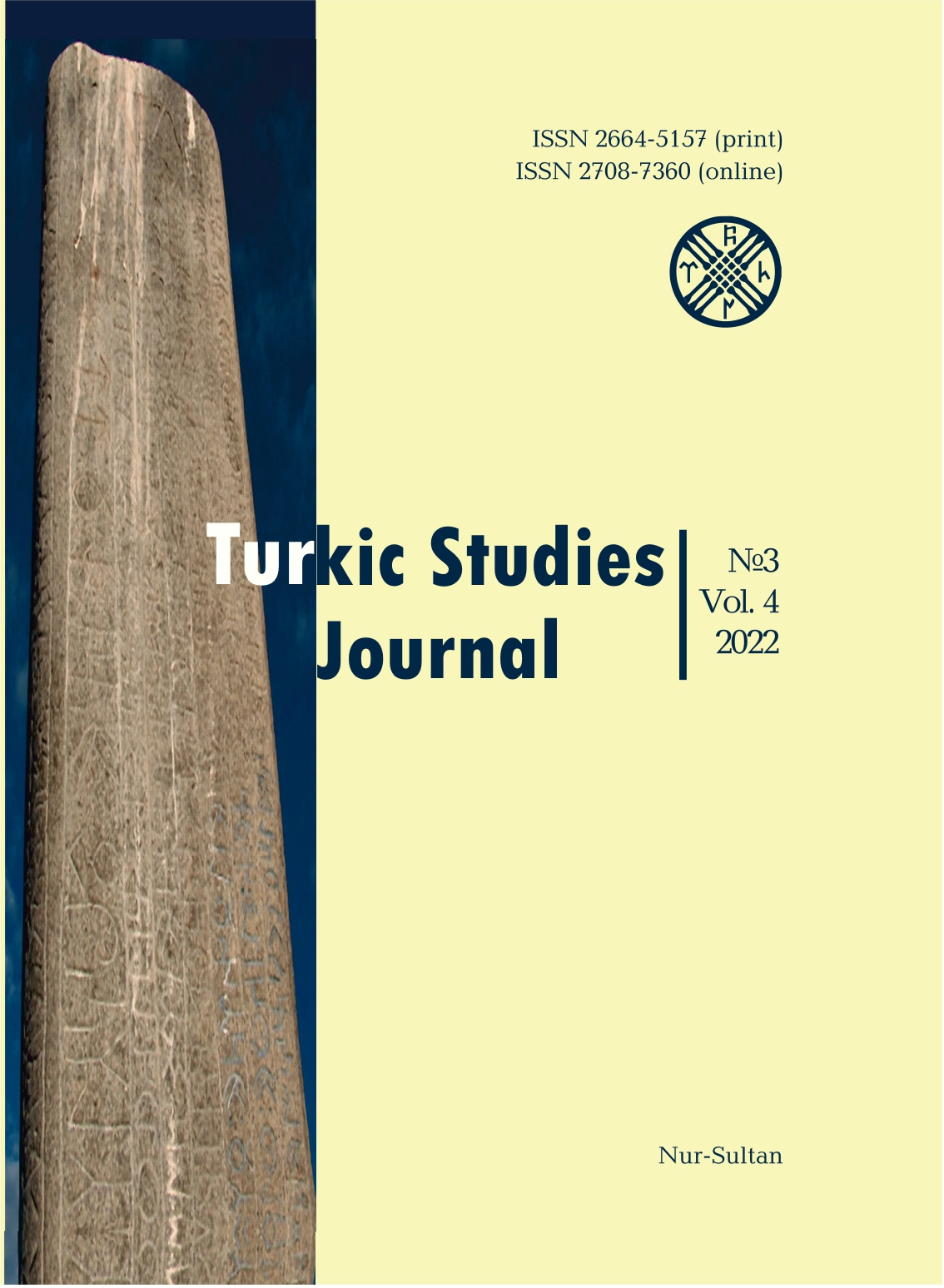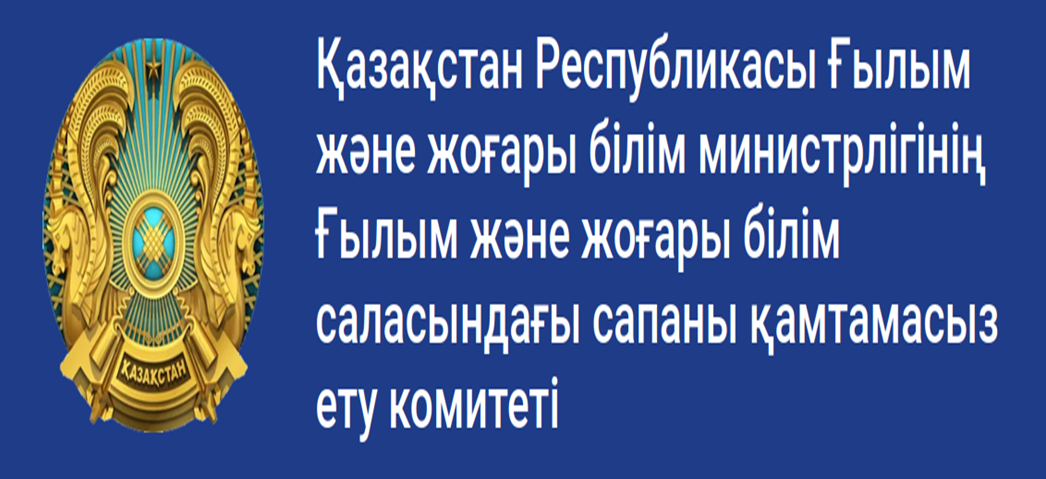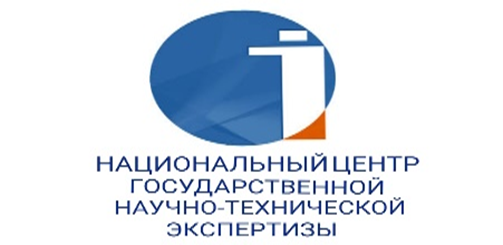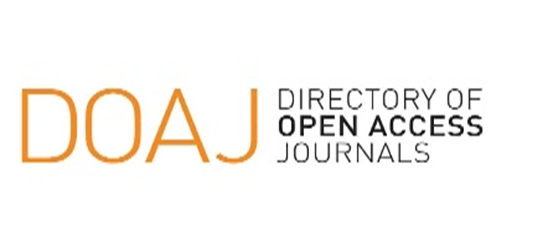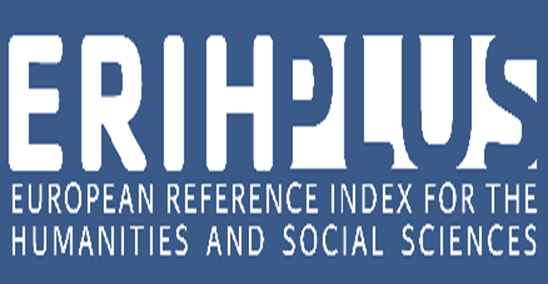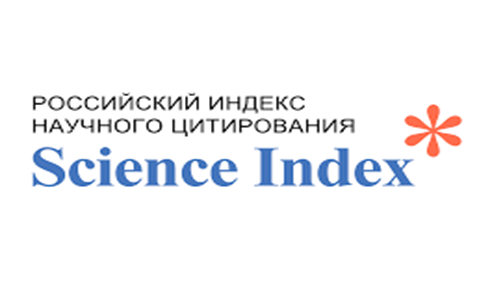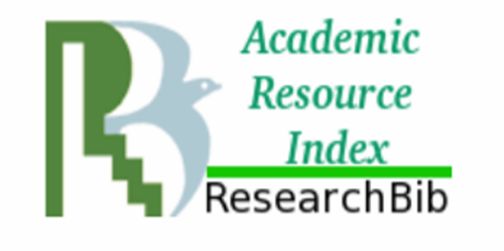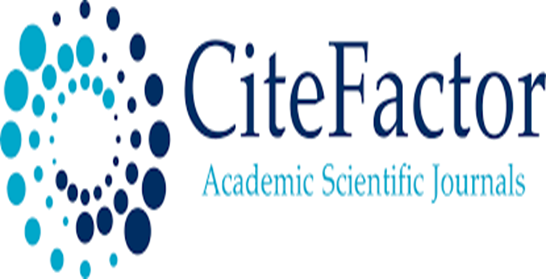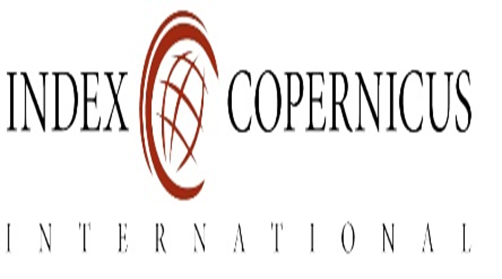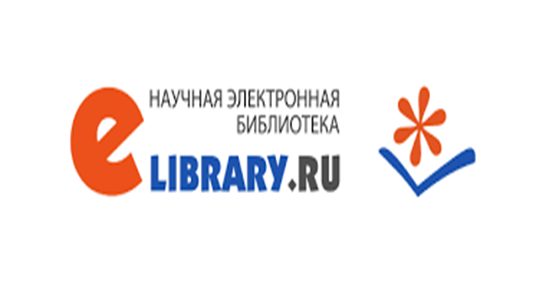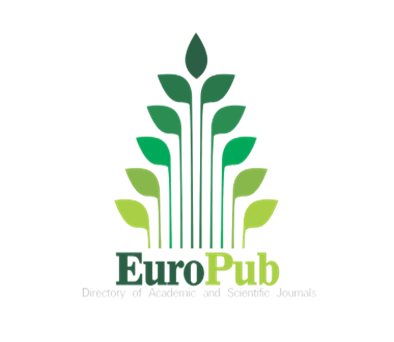Place and role of science in local communities of the Turkic Siberian republics
Views: 227 / PDF downloads: 218
DOI:
https://doi.org/10.32523/2664-5157-2022-3-7-16Keywords:
socio-humanitarian, knowledge, community, region, attitude, prestige, prospectsAbstract
In this article, we want to reveal the dynamics of attitudes towards science, the profession
of scientist and socio-humanitarian knowledge in the local communities of the South Siberian republics
(Khakassia, Altai, and Tyva). The empirical basis of the analysis is the results of quantitative and
qualitative sociological field research conducted by the author in the first half of the 2000s. Because of
the analysis of research literature and interview texts, we established the finding of several important
points. First, the prestige of science as a social institution, including its socio-humanitarian domains and
the profession of a scientist has decreased. Second, science nevertheless retains its role as an important
channel for social mobility, especially for the replenishment of the national intelligentsia. Third, if we are talking about the position of regional authorities, it is characterized by a predominantly utilitarian
approach to science and its results: science, in fact, plays a supporting role. Finally, there is a clear
trend towards the reproduction of the regional humanitarian intelligentsia at the expense of people
from other social strata. An important result of the study is the conclusion about a more favorable
socio-psychological state of representatives of regional scientific communities, which is associated,
among other things, with maintaining respect for education, for educated people in societies that have
relatively recently embarked on the path of social modernization.

